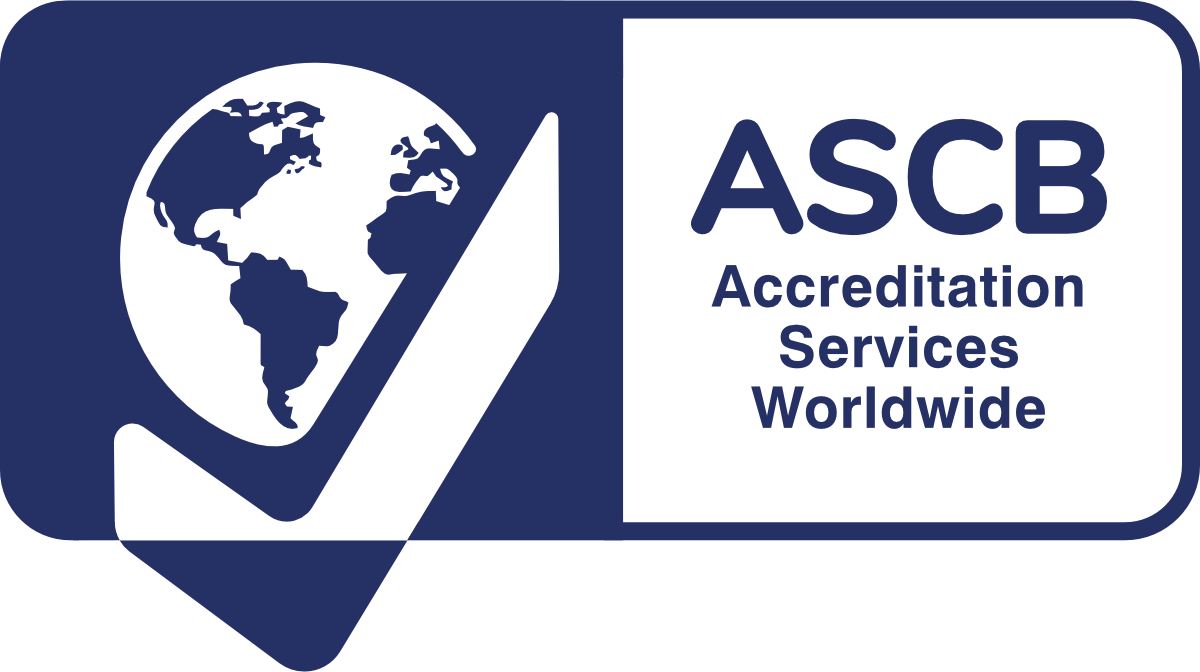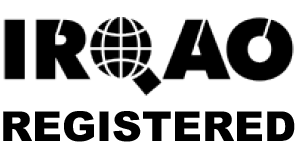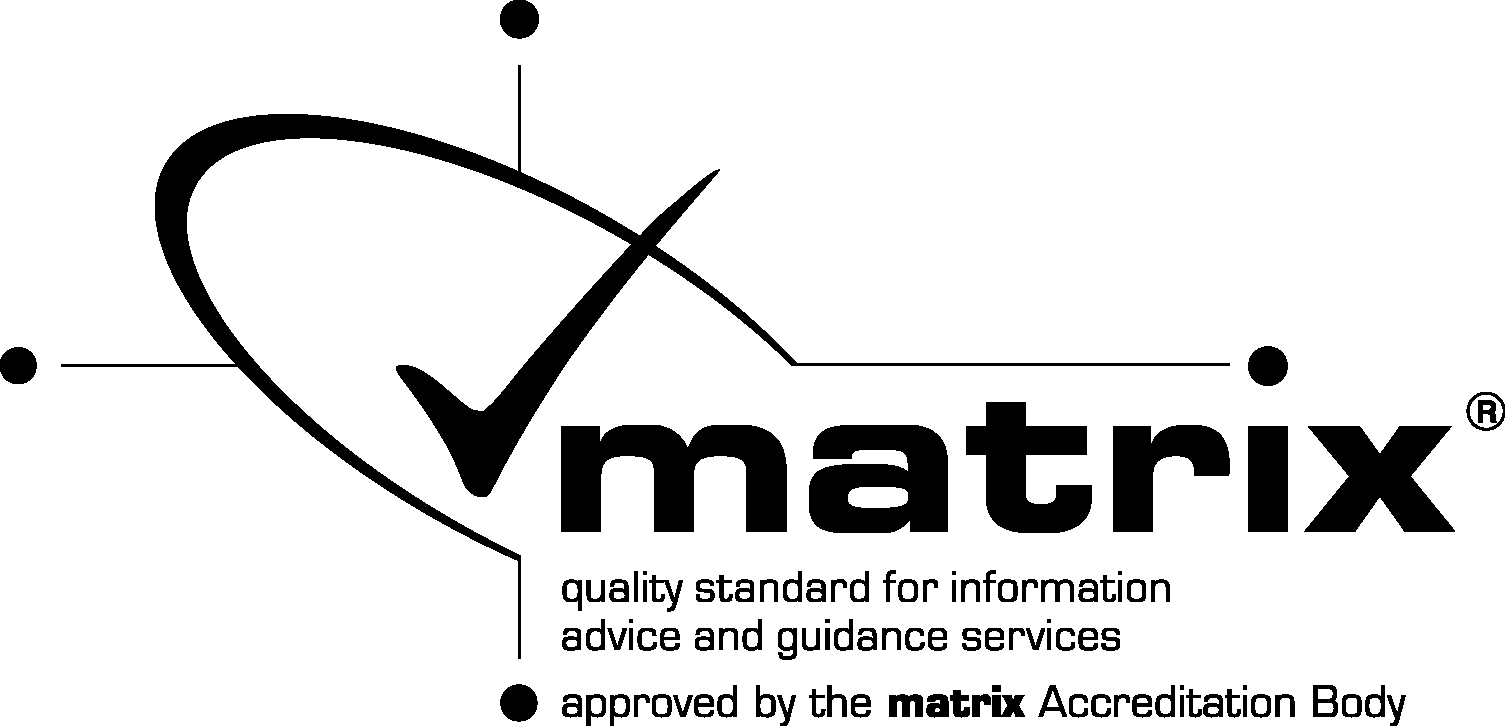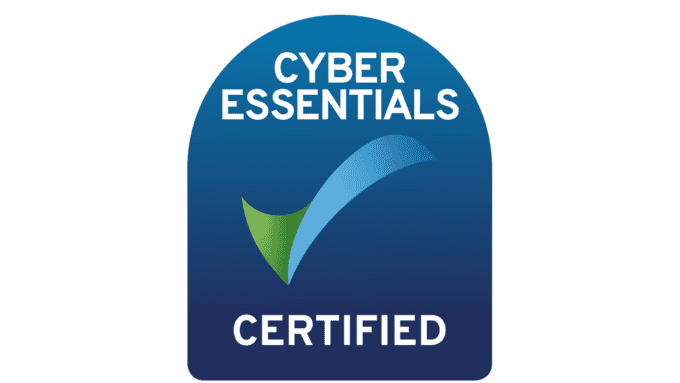Blog Article
Comparing ISO 9001:2015 and ISO 14001:2015
Organisations are constantly striving to enhance their performance, ensure customer satisfaction and minimise their environmental impact. To achieve these goals, many organisations adopt internationally recognised management systems like ISO 9001:2015 and ISO 14001:2015. While both standards are vital for organisations seeking quality and environmental managements, they have distinct focuses. So, we did the work for you and compared both the standards to help you decide which one is right for you and your organisation.
Firstly, what are they?
ISO9001:2015 – The Quality Management System
ISO9001 is the international standard designed to enhance an organisations quality management system (QMS). It provides a systematic framework to ensure consistent product or service quality and customer satisfaction. The primary focus of ISO9001 is on meeting customer requirements and continuously improving processes.
Key principles:
- Customer focus: organisations must understand and meet customer needs and expectations effectively.
- Process approach: Activities and resources are managed as interrelated processes to achieve desired outcomes.
- Continuous improvement: Regularly evaluating and improving processes to enhance performance and efficiency.
- Involvement of people: Engaging and empowering employees to contribute to the organisation’s success.
- Evidence-based decision making: Relying on data and information for making informed decisions.
ISO14001:2015 – Environmental Management System
ISO14001:2015 is dedicated to environmental management, assisting organisations in reducing their environmental impact and fostering sustainable practices. This standard establishes a systematic approach to identify, manage, and improve environmental performance, enabling organisations to demonstrate their commitment to environmental responsibility.
Key principles:
- Environmental policy: organisations must establish a clear environmental policy outlining their commitment to environmental protection.
- Planning: identifying environmental aspects, setting objectives, and implementing strategies to achieve them.
- Implementation: Executing environmental management programs and allocating necessary resources.
- Checking and corrective action: Monitoring environmental performance, evaluating compliance, and taking corrective measures as needed.
- Management review: Regularly reviewing the environmental management system’s effectiveness and suitability for achieving environmental objectives.

Key differences
- Focus and objectives:
- Scope:
- ISO9001 centres on enhancing overall quality and customer satisfaction.
- ISO14001 focuses on reducing environmental impact and promoting sustainability.
- ISO9001 is applicable to all industries and sectors, emphasising the QMS’s importance.
- Whilst ISO14001 is applicable to any company, it is more aimed at organisations seeking to minimise their environmental footprint. In other words, it is not as sought after in many industries as it isn’t as much as a necessity as ISO9001.
Areas of overlap and potential integration
While both standards have distinct focuses, there are areas where integration can be beneficial for organisations:
- Leadership and commitment:
- Risked based thinking:
- Process approach:
- Continuous improvement:
Both ISO9001 and ISO14001 emphasise the importance of leadership commitment in achieving objectives. Integrating these principles fosters a culture of quality and environmental responsibility.
Both standards require organisations to identify and address risks. Combining risk assessments can lead to a more comprehensive risk management approach.
Integrating processes from both standards can streamline operations and reduce duplication, leading to more efficient resource utilisation.
Combining efforts to continuously improve quality and environmental performance can drive greater overall organisational excellence.
As organisations stand at the juncture of selecting the appropriate standard, it is evident that both ISO9001 and ISO14001 embody the best of global best practices. The choice between them hinges on the organisational mission, vision and strategic priorities. Armed with a clear understanding of their respective attributes and applications, organisations can confidently navigate the path that aligns seamlessly with their objectives, thereby unlocking avenues of excellence, sustainability and enduring success.


 LEAN MANUFACTURING OPERATIVE LEVEL 2
LEAN MANUFACTURING OPERATIVE LEVEL 2
 Skills Bootcamp In Quality Management
Skills Bootcamp In Quality Management








